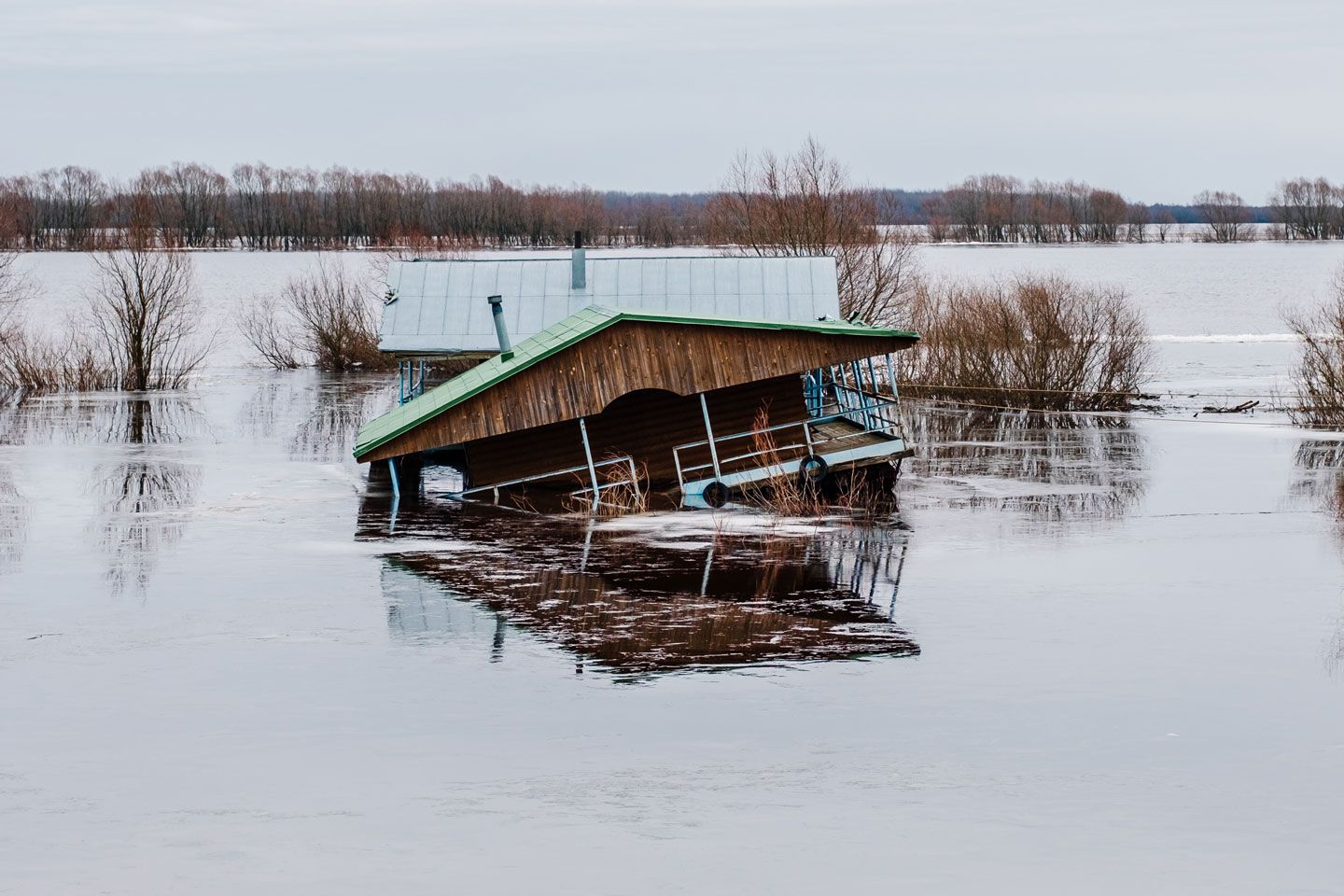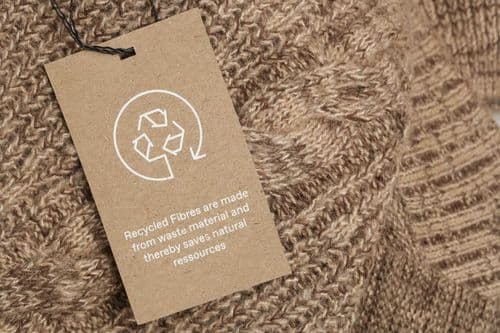Decoding the future: Hollow monofilament yarn for carbon reduction

The Earth’s next two decades
It has been proven that anthropogenic greenhouse gases are the primary driver of global warming. Between 2011 and 2020, there was a notable rise of 1.1°C in the global surface temperature compared to the period between 1850 and 1900. Based on the AR6 Synthesis Report released by the United Nations’ Intergovernmental Panel on Climate Change (IPCC) in March 2023, there is a strong probability of a 1.5°C temperature rise in the first half of the period between 2031 and 2040. So what can we expect the Earth to look like in the next two decades?
We’re currently witnessing tangible climate change impacts, from the atmosphere to the oceans, the cryosphere and biosphere. An estimated 3.3 to 3.6 billion people live in highly vulnerable areas prone to the effects of climate change. Extreme weather events are set to increase, resulting in approximately 28 million people suffering from severe food and water insecurity. The most negatively affected regions include Africa, Asia, Central and South America, small islands developing States, and the Arctic. Those most vulnerable include global indigenous communities, small-scale farmers, and low-income households. These vulnerable groups and regions face disproportionate and adverse consequences despite contributing minimally to climate change.

Embracing net zero targets across industries
An increasing number of companies and brands are recognizing the significance of reducing carbon emissions and establishing net zero targets. As an example, both Nike and Adidas have adopted distinct approaches yet share the same long-term goal of reducing total greenhouse gas emissions by 30% by 2030 and attaining net zero emissions or climate neutrality by 2050. We’re also seeing great strides in the transportation industry, which contributes approximately 14% of global annual greenhouse gas emissions per the IPCC report. To accelerate electrification of transportation, the European Union has passed an agreement to prohibit the sale of fuel vehicles by 2035. Contemporary electric vehicles are no longer solely focused on carbon emissions-free driving; they are now developed to reduce carbon emissions throughout their entire lifecycle, from manufacturing to usage and disposal.
Tackling carbon emissions by internalizing socioeconomic costs
According to the World Bank's State and Trends of Carbon Pricing 2022 report, there are currently 68 operational carbon pricing systems worldwide as of April 2022. These systems play a crucial role in incentivizing companies and individuals to reduce greenhouse gas emissions. Furthermore, the European Union's Carbon Border Adjustment Mechanism (CBAM) and the United States' Clean Competition Act (CCA) are scheduled to be implemented in 2027 and 2024, respectively. These initiatives aim to address transparency and fairness concerns regarding carbon emissions while tackling carbon leakage.

Hollow monofilament yarn: An emerging solution to carbon reduction
The use of hollow monofilament yarn offers a promising avenue for carbon reduction. Firstly, its hollow structure means fewer petrochemical resources are used when compared to traditional monofilament yarn, thereby lowering its carbon footprint while possessing comparable physical properties. Secondly, its lightweight characteristic not only lowers energy consumption during product transportation, thereby reducing carbon emissions, but also enables vehicles such as cars, trains, and airplanes to operate more efficiently, fostering a greener transportation ecosystem. In the rapidly evolving electric vehicle market, there is a growing demand for lightweight solutions and hollow monofilament yarn holds great potential for enhancing energy efficiency. By incorporating this material, electric vehicles can improve energy utilization, extend their range, and optimize overall performance.
Our efforts are focused on reducing the diameter of hollow monofilament yarn while enhancing its physical properties, such as tenacity, and striving for a higher hollow ratio. By reducing the use of raw materials and lowering carbon emissions without compromising the product’s physical properties, we optimize the performance and efficiency of hollow monofilament yarn while ensuring its suitability for a wide range of applications. Unlocking the full potential of monofilament yarn is only a small part of our sustainability story and our contribution to curbing anthropogenic greenhouse gases. At Ri-Thai, we believe businesses play an important role in designing sustainable solutions to empower industries, including the electric vehicle sector, to collectively achieve net-zero emissions.
Retain to Sustain (RTS) is an initiative launched by Ri-Thai with a mission to curb resource consumption and environmental impact while advancing the circular economy. Investing in R&D and adhering to the “Reduce, Reuse, and Recycle” principle has enabled us to advance innovative and low-carbon solutions that foster textile circularity and assist a wide range of industries in achieving their sustainability goals.
Join us in this mission for a greener world. Contact us at info@retain2sustain.com to learn more and be a part of this movement.
Keywords: Climate change impacts, global warming, net zero emissions, carbon pricing, carbon reduction solutions, monofilament yarn, hollow monofilament yarn, sustainable solutions, sustainable innovations

